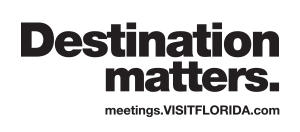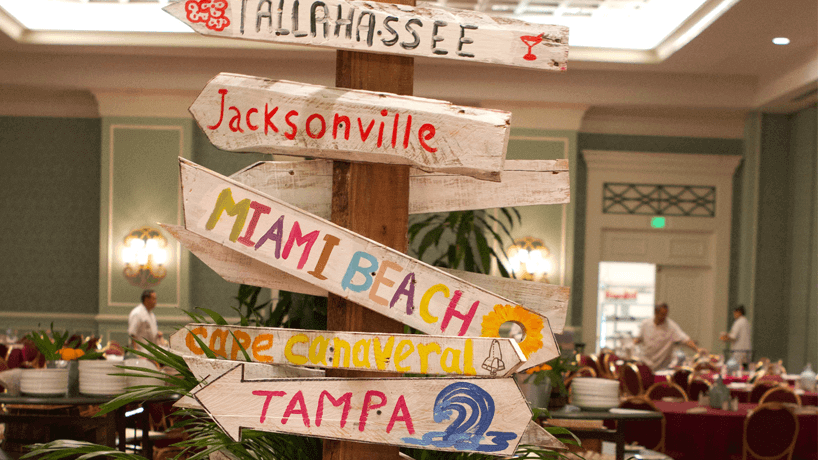Last month, Skift and VISIT FLORIDA reflected on the topic of convergence during a webinar, “The Future of Meeting and Incentive Travel.” In it, Skift editor Greg Oates explores why convergence is the new innovation, and what exactly that means. “It’s this idea of bringing together business, tech, creative sectors; bringing together a lot more players into any type of event design and programming,” he says, adding that there are three areas of convergence that the industry is seeing.
On a micro level, Oates points out that convergence is taking place within the event experience itself. For example, this year’s SXSW consolidated its Gaming Expo, Gaming Awards, and Gaming Program into one conference. Convergence can also be seen on the CVB level. CVBs are developing broader connections throughout their cities, expanding their partnerships to include the private sector, economic development agencies, as well as universities and educational institutions. For example, Orlando now hosts 40 percent of the Healthcare Convention & Exhibitors Association’s top 50 largest medical meetings, due in large part to its growing health-care and life sciences sector.
Visit Orlando counts many recent developments within this sector, like Lake Nona Medical City, as a big reason why the city has become a medical meetings hub. The 650-acre life sciences and health-care park near the Orlando International Airport is anchored by the University of Central Florida’s Health Sciences Campus (including its college of medicine), as well as hospitals and research institutions like the Sanford-Burnham Medical Institute. Orlando is also home to one of the largest medical learning and simulation incubation centers, Florida Hospital Nicholson Center.
It’s resources like these that have helped attract groups like the Healthcare Information & Management Systems Society and the World Medical Tourism & Global Health Congress & Exhibition. Tampa Bay has also been able to use its health-care infrastructure to attract medical meetings; its 90,000-square-foot University of South Florida Center for Advanced Medical Learning & Simulation sits just a couple of blocks away from the Tampa Convention Center.
“As VISIT FLORIDA we are excited that our local communities are collaborating across industries to share experiences and ideas,” said Nelson Mongiove, chief marketing officer at VISIT FLORIDA. “We encourage innovative planners to experiment with convergence possibilities and will support those efforts however we can.”
Cities are seeing their own form of convergence. According to Brookings, innovation districts are helping to foster knowledge hubs within cities by positioning startups, entrepreneurs, accelerators, and other similarly-minded entities within mixed used developments. Florida has many examples of this, including Tallahassee’s Innovation District. St. Petersburg has one as well. Miami has not one but multiple innovation districts in the works. Besides a 10-acre burgeoning Innovation District in downtown, another called Magic City, a mixed-use development planned for Miami’s Little Haiti, is aiming to bring together art, entertainment, startups, plus public art and event spaces, according to The Miami Herald.
Brought to you by VISIT FLORIDA


